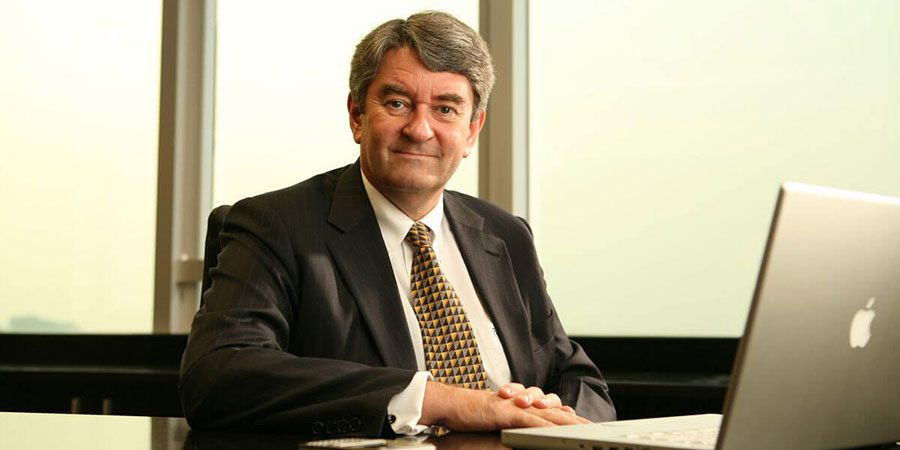HKT is considered to be Hong Kong's premier telecommunications service provider for the public, local and international businesses. Aiming to provide the best services and technologies to its clients, HKT is investing in new spectrums and in 5G to develop smart cities. In an exclusive interview, Paul Berriman, Group Chief Technology Officer at PCCW and HKT Group, spoke to Telecom Review about the newest spectrum the company applied for, its smart cities projects and the importance of security in 5G.
HKT had applied for the spectrum of 26 GHz and the 28 GHz bands for large scale public mobile services in Hong Kong and the OFCA announced recently that HKT was assigned 400MHz of spectrum in the 26GHz and 28GHz bands. Why is this step important to HKT?
If you go back two years ago, the regulator had no spectrum allocation plan at all for 5G. We had to emphasize that 5G is about society and smart cities.
In Hong Kong, we’ve been doing a lot of work on connected cars and one of the things we proved to the government is that if you look at all of the accidents caused by people going through a red light, or going through the corners in the dark and hitting road work, we can reduce them by 50% with the right technology.
Over the years, we’ve built around 25 000 Wi-Fi hotspots which are all connected with fiber. So, upgrading and augmenting them with 5G base stations and small millimeters wave base stations, should be relatively okay if we were to build a smart city fabric.
I think other auctions are coming up this year for the 3.5 GHz spectrum that will have more to do with mobility and I think that’ll be more to do with the auction because it’s usable by the mobile operators and the millimeter wave is much more like providing connectivity fabric for IoT.
5G is definitely a main pillar of smart cities. What other plans and projects do you have in terms of developing smart cities?
We’re looking at all the industry verticals. There are not a lot of things we can do in Hong Kong because we don’t have manufacturing or agriculture, so we’re focusing on V2X, and I think smart healthcare is another area where we can also work on.
In addition, one of the applications we’re working on at the moment is in the airport. It’s about how to manage all of the airports and asset facilities on the runways. One of the reasons why the aircraft is late in leaving the gate is because the trollies and the containers are left somewhere and you can’t track them, you don’t know where they are, or when the tractor that pushes the airplane back is out of fuel. All of these things that can make it more efficient. So, we’re looking for vertical projects like that which will be initial applications for 5G.
What do you have to say to those who have trust issues regarding, for example, connected cars or smart healthcare?
When you have two cars going along and they’re on two different networks and the chances of them talking to each other with a low latency is what you want in 5G. It’s impossible because it has to go around the network and go back again which is where we believe that things like mobile edge computing can help because with it, we can do a lot of the preconditioning or providing local firewalls to protect those cars. So that trust can be maintained by looking more offline, protecting from the sort of problems that you can’t prevent online without the low latency.
Telecom Review published a global edition about security is in the era of 5G, in which industry experts talked about their different insights in this regard. Can you share your own opinion?
There’s been a lot of work done. 5G has introduced additional levels of security to authentication, identity management, end-to-end security and especially in the areas of device management and IoT because the biggest threat in the edge devices and even the handsets is the security of the Wi-Fi, the Bluetooth on a handset, and how do you get that security end-to-end. So, who architectures 5G has built a lot of that security in there in particularly for end-device security.






